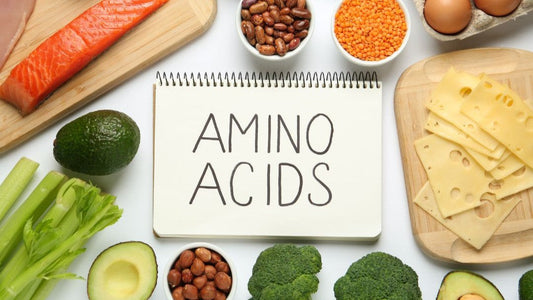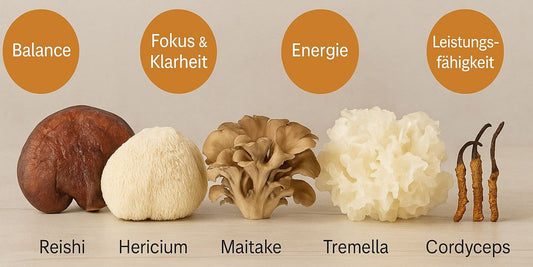Healthy digestion is an essential part of an active and fulfilling lifestyle. A key role in promoting optimal digestion is played by fiber. However, this often overlooked component of our diet plays a crucial role in preventing common bowel diseases such as diverticulosis and diverticulitis.
In this article, you will learn how consuming fiber-rich foods can help support your digestion and reduce the risk of diverticulosis and diverticulitis. We will discuss practical tips for incorporating fiber into your diet to promote your health and improve your quality of life.
Diverticulosis is a common intestinal disorder in which small protrusions form on the intestinal wall. Most people who suffer from diverticulosis have no symptoms. However, occasionally one of the protrusions can become inflamed, usually due to a bacterial infection. To reduce the risk of diverticulosis and diverticulitis, it is advisable to include fiber-rich foods in every meal.
Aim to have up to half of your plate consist of high-fiber foods.
Here are some tips to help you manage the transition to a higher fiber diet:
Eat at least three servings of vegetables and two servings of fruit daily: This is the "5 a day" recommended by the authorities. A serving is usually equivalent to a piece of fruit or half a cup of raw fruit or vegetables or a cup of leafy greens.
Include fruits, vegetables, or both at every meal: For example, you can eat fruits for breakfast and as a snack and vegetables for lunch and dinner.
Eat pulses (the seeds of plants in the legume family) at least three times a week: you can use them either as a plant-based protein source in meatless dishes or as a starchy side dish instead of grains. For example, you could serve fish on a bed of lentils instead of rice.
Use nuts, seeds and fruits as snacks: Or add them to other foods such as yogurt, oatmeal, salads and stir-fries.
Replace refined grains like white rice with whole grains like brown rice, wild rice or bulgur: For pasta, look for versions made from quinoa or legumes like chickpeas and lentils.
Check nutrition labels for fiber content: Aim for at least 5 grams of fiber per serving.
It is important to be careful not to eat too much fiber at once, as this can cause bloating, diarrhea, and abdominal cramps as the gut bacteria adjust to the new amounts of fiber. However, these problems will disappear after a while as your digestive system gets used to the higher amounts of fiber. You can avoid them by gradually incorporating fiber into your diet.
For example, you could try simply adding one more serving of high-fiber food to your daily diet for a week and then see how your body responds. Give it another week if necessary. If all is well, add one more daily serving for a week. Continue this pattern until you reach your daily fiber amount.
It is also important to drink plenty of fluids every day - about half a liter of water, four times a day. Increasing water intake can help move fiber through your digestive system and prevent stomach upset.
By following these tips, you can more easily adopt a higher fiber diet and thus reduce the risk of diverticulosis and diverticulitis.
Fiber for healthy digestion
Adequate fiber intake is crucial for healthy digestion and can help reduce the risk of intestinal diseases such as diverticulosis and diverticulitis. By eating fiber-rich foods such as fruits, vegetables, whole grains, legumes, nuts and seeds, you can not only aid your digestion but also improve your overall health.
It's important to gradually incorporate fiber into your diet to avoid possible stomach upset and to drink plenty of fluids to aid digestion. By following these simple tips, you can enjoy a high-fiber diet and promote your long-term health.
Stay healthy and individual!
Your team from indyvit.com
Also interesting for you:




